In January of 2006 I was living and working in Qatar, counting down the days ’til my husband and I would reunite in the U.S.
Though I’d taken a three-year contract, neither of us loved living in the Persian Gulf and we’d decided to return after our first year. Since I was the one with the job, I stayed behind when he went to the States to re-establish our life back home.
Of course I offered to leave with him, but we agreed this plan was more prudent. “You’d be bored while I look for work,” he said.
Ok, I didn’t really agree—I don’t think “I’m bored” are words I’ve ever actually uttered—but I was trying to practice my newfound yoga skills off the mat. Step back from the controls. Let things unfold. Three weeks after he left, he told me over the phone, “I want a divorce.” With that, our marriage of five years was over, and my other half was gone from my life.
When I shook some of the scales from my eyes, there was something I couldn’t deny. This wasn’t a first.
About 12 years earlier, my boyfriend of five years had drowned in his mother’s swimming pool. In my grief I ran away to join the Peace Corps, only to find myself alone and broken-hearted in a Middle Eastern desert. How does a feminist out of America’s suburbs repeat that pattern? More to the point, I sure as hell didn’t want to do it a third time.
I had to take a long hard look at what I was holding onto that was no longer serving me, and the behaviors that stood in the way of my happiness. I thought I’d changed, and that my marriage was reward for such.
Maybe I was defective; I had no purchase. I went to therapy, but I’d been in therapy. My close friends and family were eight time zones away. Finally I heard the words of Ram Dass, counseling parents who’d lost a child.
“Something in you dies when you bear the unbearable, and it is only in that dark night of the soul that you are prepared to see as God sees, and to love as God loves… Our rational minds can never understand what has happened. But our hearts, if we can keep them open to God, will find their own intuitive way.”
For much of what happens to us in this life, there is no good enough reason. And the heart does not make distinctions in loss. If I was going to finally accept life on life’s terms, I needed to quell the chatter of the stories I kept telling myself. Figuring everything out wasn’t working.
Luckily, the answers were right under my feet.
I’d recently begun practicing Ashtanga yoga, and while I was on the mat my mind quieted down, despite the fact that I loved cigarettes and hated patchouli. Its effects were so powerful, I decided to move to India to study the practice.
Finally I felt ready to re-join the human race. After spending years trying to help my partner make his dreams come true, I decided to invest in my own. I moved to New York City and wrote a book.
In that process, I saw how the tools I’d learned complemented the writing process, and ultimately the living process. Yoga gave me the physical ability to sit and focus for long periods of time, but beyond that, the poses and practices served to call forth and heal the different experiences I was trying to recreate.
I studied more about the connection between the mental, physical, emotional and spiritual bodies, and offer the following for your use in healing your mind and body. It’s not a panacea, and there are certainly other methods. Some poses may not be right for you or your practice; I suggest finding a teacher and working with variations. And please let me know your results. This isn’t yoga for a hot bod—though that may be one result—this is a practice designed to move you along your spiritual path:
1) Get Connected.
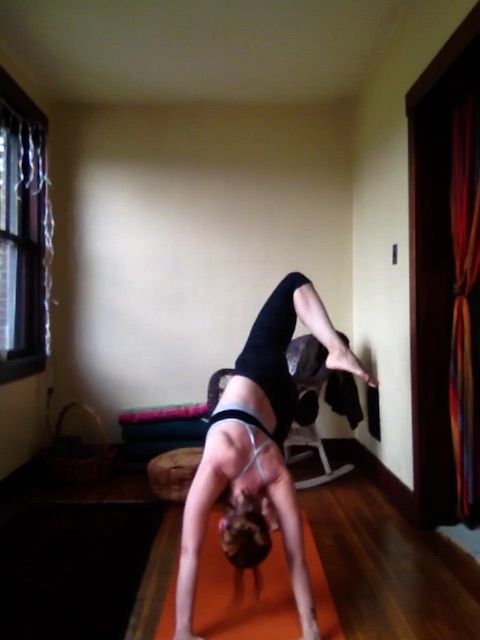
“Your task is not to seek for love, but rather to find all the barriers within yourself that you have built against it.” ~ Rumi
It’s important to find your tribe when you set out to heal. You need the time and space to be yourself, break down and, importantly, feel the love. Surround yourself with the people in your life who help you feel good about yourself.
Down dog, besides being a great warm up for your practice, helps you feel more connected to your surroundings. And, though it’s not specifically related to the down dog pose, clinical study has shown that after three months of yoga practice, markers for inflammation were lower by 10 to 15 percent, which is good news for fighting cancer and arthritis. On a subtle level, I view inflammation as yet another wall within ourselves. This photo shows a three-legged dog variation.
2) Power Up.
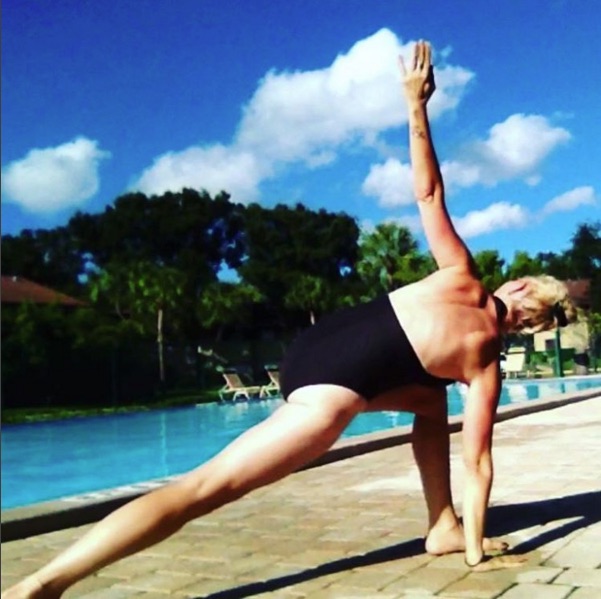
“You may not control all the events that happen to you, but you can decide not to be reduced by them.” ~ Maya Angelou
The connection between feeling strong and being strong is real. Standing poses feel powerful and take up a lot of space.
When I started to feel overwhelmed by my story (at the time, the memoir I was writing), I shifted from a strict Astanga practice and began sequencing toward particular postures, emphasizing standing poses to build strength.
Then Amy Cuddy’s TED Talk on body language confirmed what I’d experienced. Cuddy’s research showed that merely standing in a confident posture affects testosterone and cortisol levels in the brain, which in turn can affect our chances for success. Or, as my teacher used to tell me, be strong on the outside, and soft on the inside.
3) Reflect.
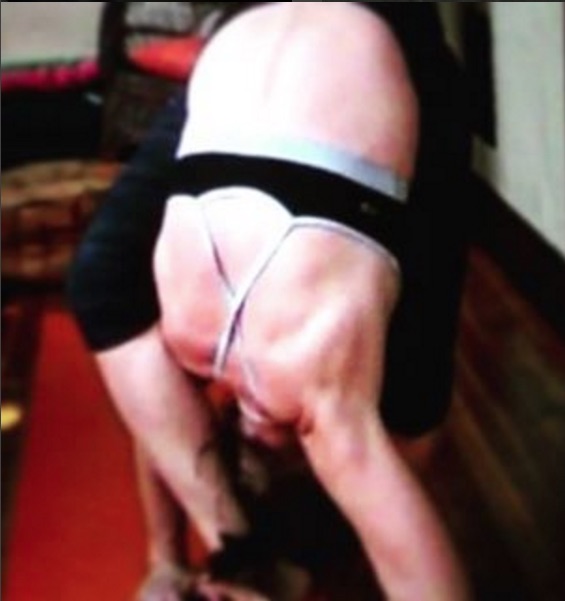
“The first step in solving a problem is admitting you have one.” ~ Anonymous
Our pelvis protects our base chakra, where we energetically hold our primitive needs for survival. Then there’s everything else that happens in the course of our lives, all of which gets stored in the body, particularly the hips. As we collect physical, mental, and emotional toxins, the hips get tight.
What I and my students have found over the years is that forward folds release deep emotions. I’ve used folds purposefully to look at my past and be in those moments, in order to release them. Even if you don’t buy the mind/body connection, on merely a physical level, tight hip flexors run up the back and down the legs, greatly increasing risk of disc and vertebral problems. No matter how tight your hips feel now, they loosen up on their own.
4) Get Ready… Slowly Slowly.
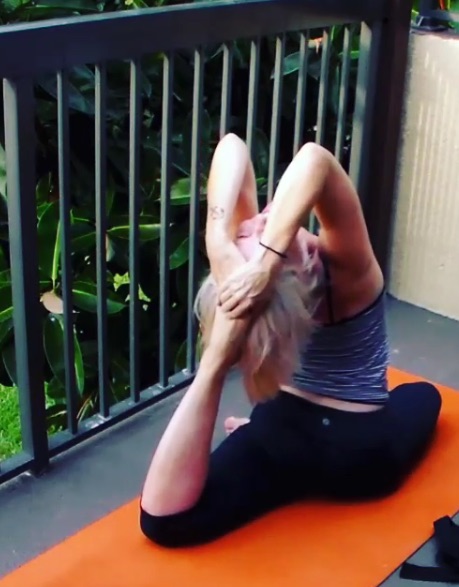
“Someone I loved once gave me a box full of darkness. It took me years to understand that this too, was a gift.” ~ Mary Oliver
When I began to practice and saw people doing king pigeon, I knew I’d never be one of them—I hadn’t been a dancer or a gymnast, and besides, I spent a lot of time at a computer terminal. At some point I stopped caring if I got the pose for the sake of the pose, and started working with the posture for what it required of me: openness, honesty and humility. I wanted more of that in my life, and so I started on my mat.
One night I dreamt I could do this pose. The next day in my practice, after merely ten years of attempts, I managed to grab my foot. It reminded me of what Ken Dychtwald wrote in Bodymind: “[I]f I try to push myself past where I am honestly able to go, I will no longer be practicing yoga but instead will be practicing greed, and I will probably be met by pain and disease. Stated simply, it is the difference between ignoring your self, making love to yourself, and raping yourself.”
Any time we want something other than what is, we suffer. Yet this is the human condition. Savoring even the reversals changes everything.
5) Get Twisted.
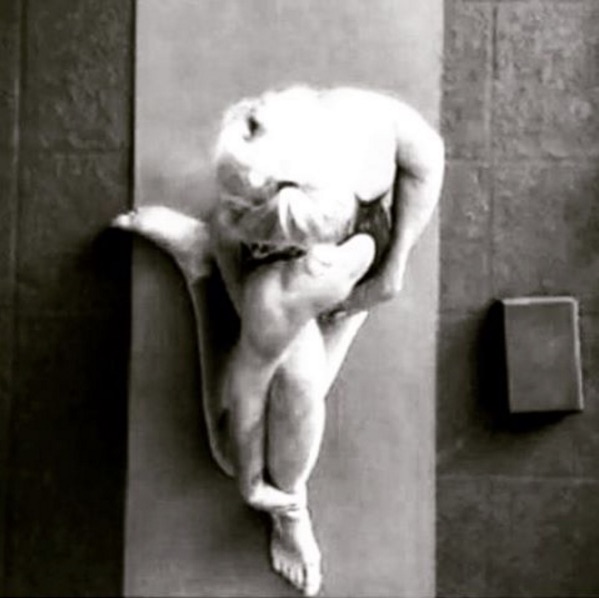
“Only to the extent that we expose ourselves over and over to annihilation can that which is indestructible in us be found.” ~ Pema Chodron
One of our most ancient symbols—the spiral—can be found in artwork across physical and cultural boundaries, on everything from jewelry to weapons, to burial sites. The meanings vary, but generally represent ascension, fertility and/or infinity. Mathematically, spirals demonstrate the Fibonacci sequence, a series of numbers where each number is the sum of the two preceding numbers. The Fibonacci sequence likewise applies across boundaries of science and nature and art.
Though the pattern is often used to suggest an intelligent conspiracy, I don’t see the end game. It’s like Douglas Adams said, “if you try to take a cat apart to see how it works, the first thing you have on your hands is a nonworking cat.”
Tapping into my body’s ability to twist, however, aligns with that which is universal. On the physical level, it quite literally squeezes the organs and tissues, releasing toxins as you ease out of the twist. Or, just in time for the New Year—out with the old, in with the new. Incorporating twists in my practice is part of how I moved beyond lurking around in trauma.
6) Heart Wide Open.
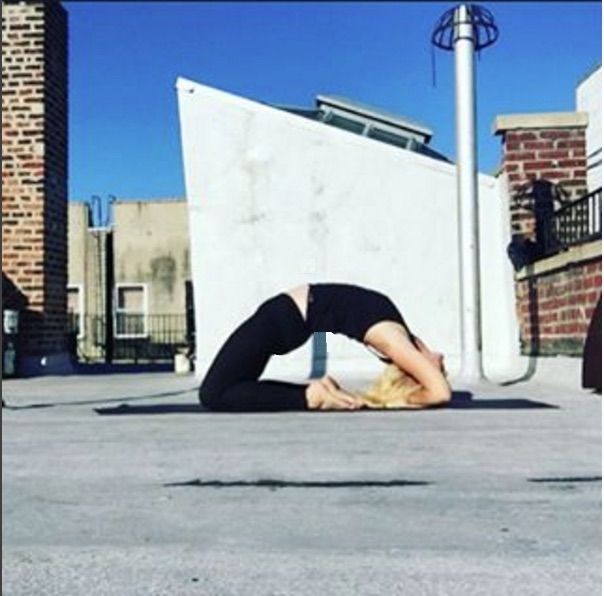
“Vulnerability is the birthplace of innovation, creativity and change.” ~ Brene Brown
If you’re among the 75 percent of people who don’t think they’re living up to their creative potential, you might try adding some backbends to your life.
While this is a deep backbend, there are many stages leading up to the full expression of the pose that offer the same benefits, namely, the ability to move forward. While it appears vulnerable (and any backbend can be terrifying as all inversions hearken our innate fear of death), this posture takes skill, strength and patience to achieve. In this variation, the base, heart and crown chakras are active, which is fully energizing to the body and heightens mental awareness. In any variation, backbends require you to open the front of the body, and openness is one key to developing creativity.
7) Nadi Shodhana.
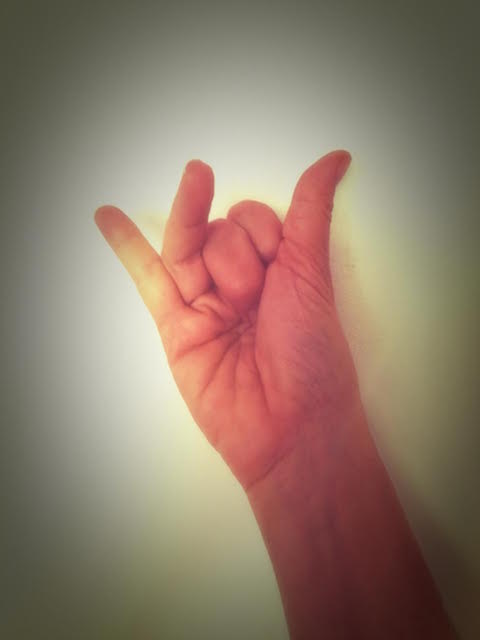
“Breath is the king of mind.” ~ BKS Iyengar
The picture shows the hand mudra for nadi shodhana (alternate nostril breathing), but if curling your peace fingers into your palm is uncomfortable, hold the fingers on the temple. Then find a comfortable meditative seat, breathe, and regulate the inhale to match the exhale.
To begin, use the right hand to plug the right nostril with the thumb and inhale through the left nostril. Then press the third finger to the left nostril, release the thumb, and exhale on the right side. Inhale right. Change sides, plugging the right nostril with the thumb, and inhale left. Exhale left. Change again. Continue to inhale and exhale on each side three to five times.
This variation has no contra-indications, and no warm-up is required. You can practice it right at your desk if you find yourself feeling overwhelmed. Or if you need to make a calm decision. Or call the cable company. Pranayama, breathing practices, is a separate but complementary practice to your yoga. Working with it regularly makes a dramatic difference in your ability to react from a place of wisdom.
8) Meditation.
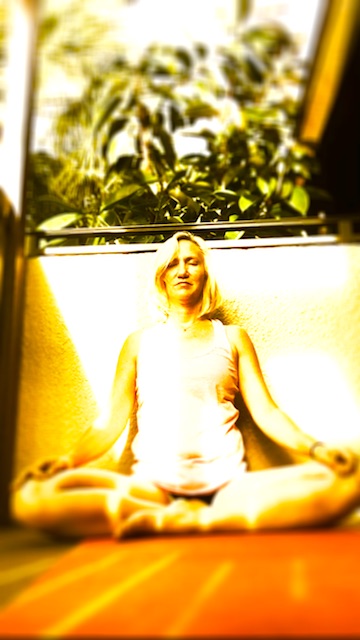
“A moment of radical acceptance is a moment of real freedom.” ~ Tara Brach
When I first came to my mat, I felt like I didn’t have freedom in my life. Ironically enough, I was living in the Persian Gulf at the time, where I was surrounded by women who truly were trapped. But they had other types of freedom, and certainly happiness. I learned from them that outer circumstances did not need to dictate my happiness.
The way I began to unlock this freedom was by sitting in meditation, which I began after I left Qatar, when I moved to India to study yoga. Without physically wearing myself out by practicing vigorous asana, I don’t know that I would’ve been able to calm my mind, let alone seen it as desirable. But we don’t know what we don’t know. Better yet, studies have shown that meditation can actually rewire your brain. Johns Hopkins found a relationship between mindfulness meditation and the brain’s ability to reduce symptoms of depression, anxiety, and pain.
9) Play.
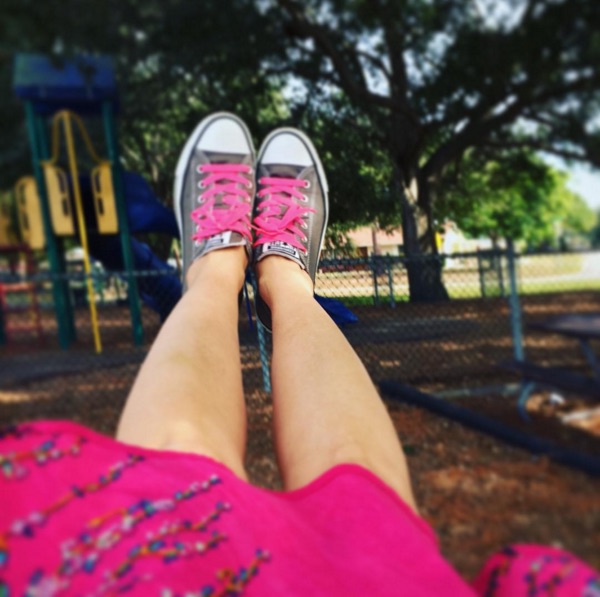
“Bitter does not age well.” ~ Lisa L. Kirchner
Yoga isn’t actually a bunch of poses strung together. The ancient practices of yoga are meant to enhance spirituality. It’s not necessary to twist around on a mat to be a yogi. This gives me agency to take my yoga off the mat, and not get caught up in thinking there’s a right way to do yoga.
It was on my mat that I began to see how much judgment ruled my days. Trying poses on my mat, I soon learned how much I couldn’t do. But I was having fun trying. And that changed everything. The point wasn’t/isn’t to nail this yoga thing, but to be on the path. If it felt like a grim march, I would have long since strayed.
I learned to enjoy my “mistakes.” Falling. Failing. And getting back on the mat the next day to play. Short as this life may be, it’s the longest thing you’re ever going to do.
~
Author: Lisa L. Kirchner
Editor: Toby Israel
Images: Courtesy of Author
~


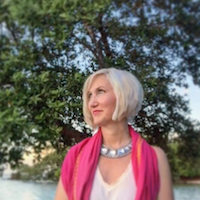



Read 3 comments and reply